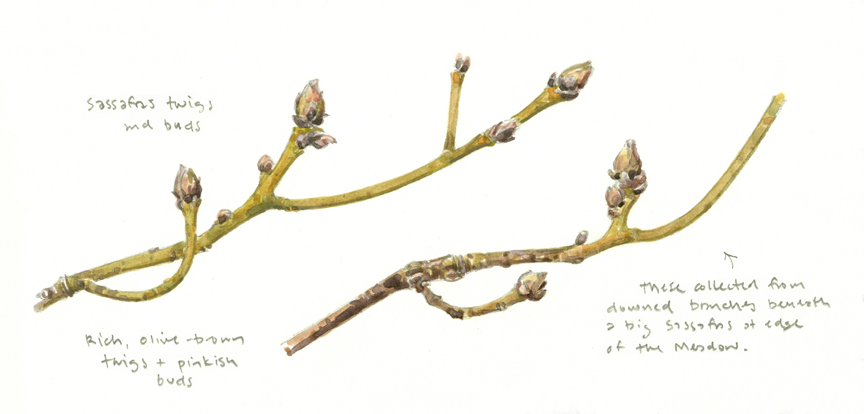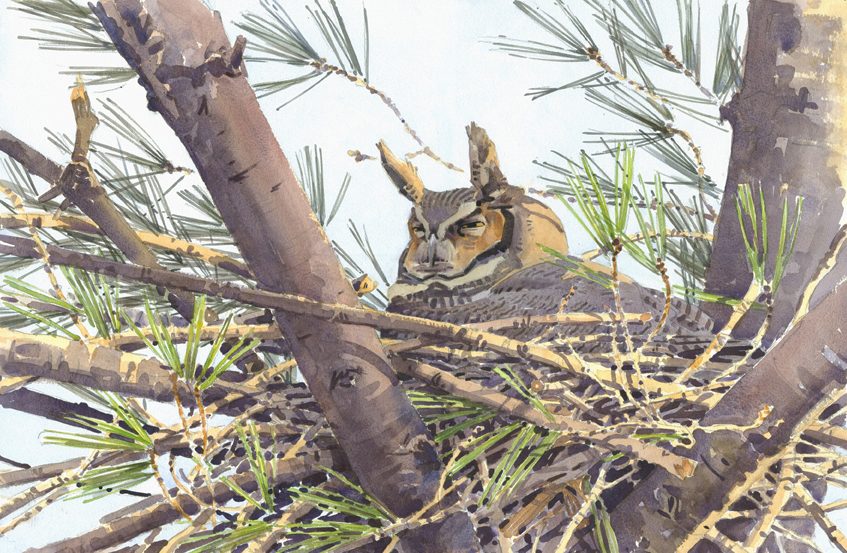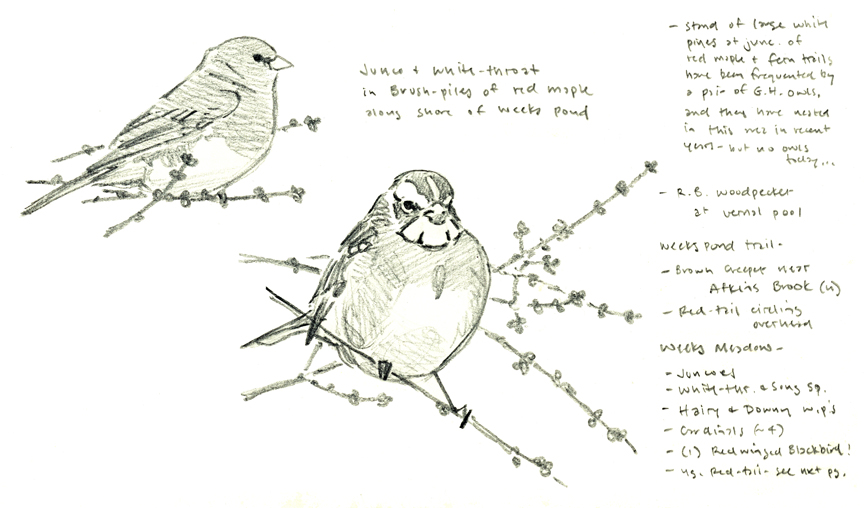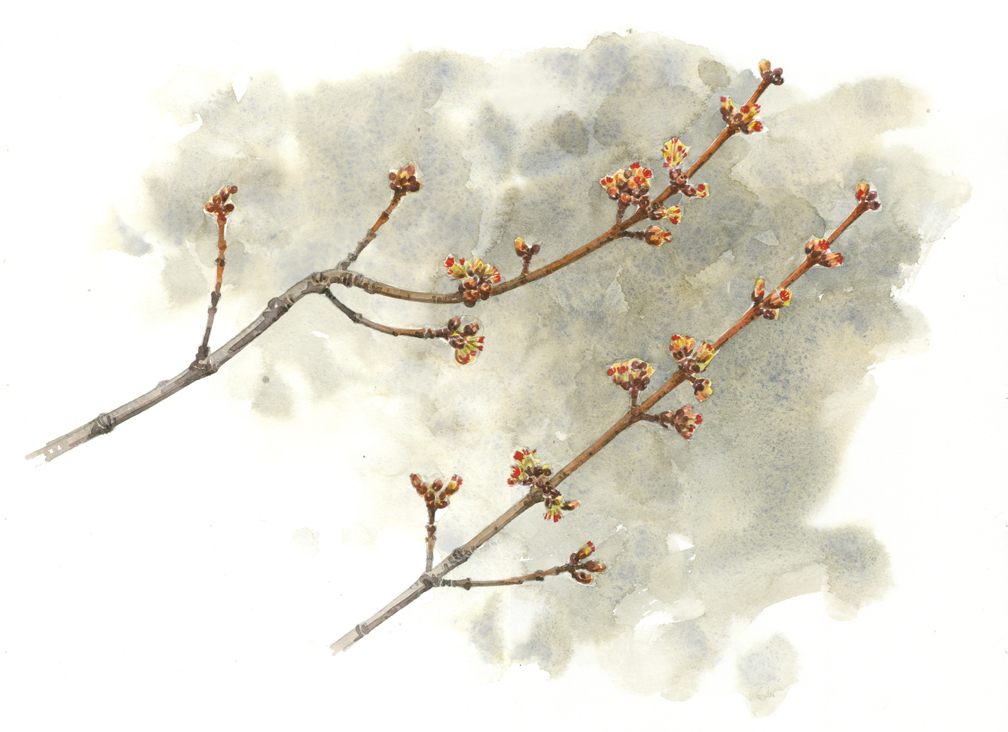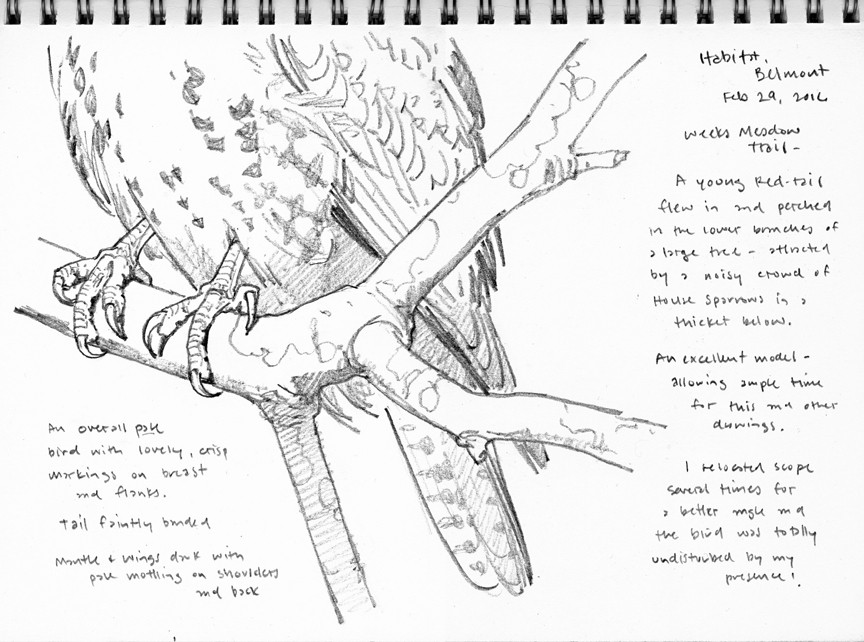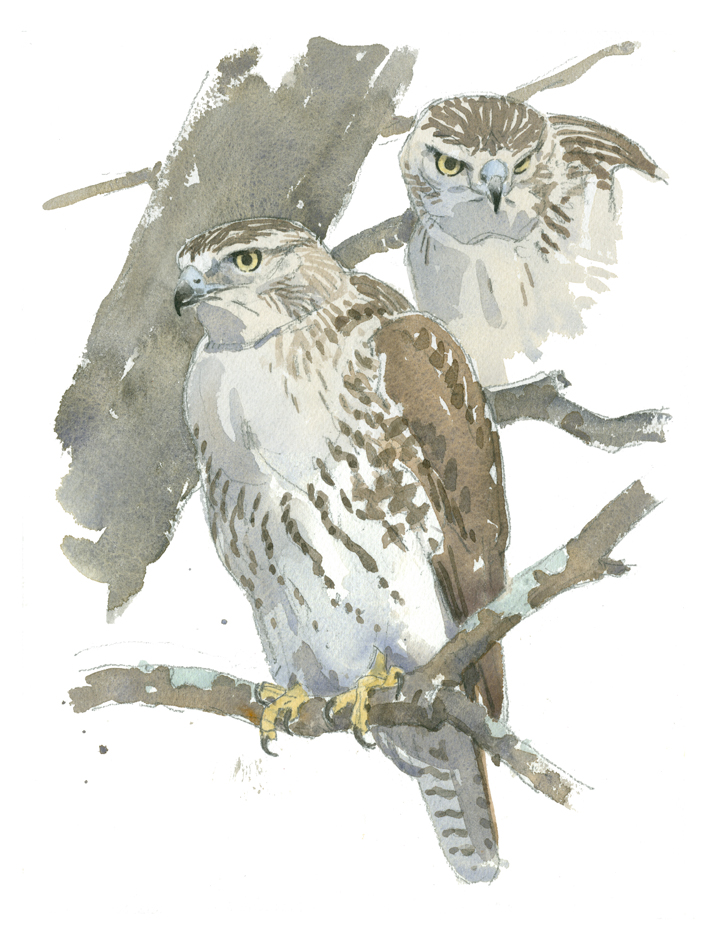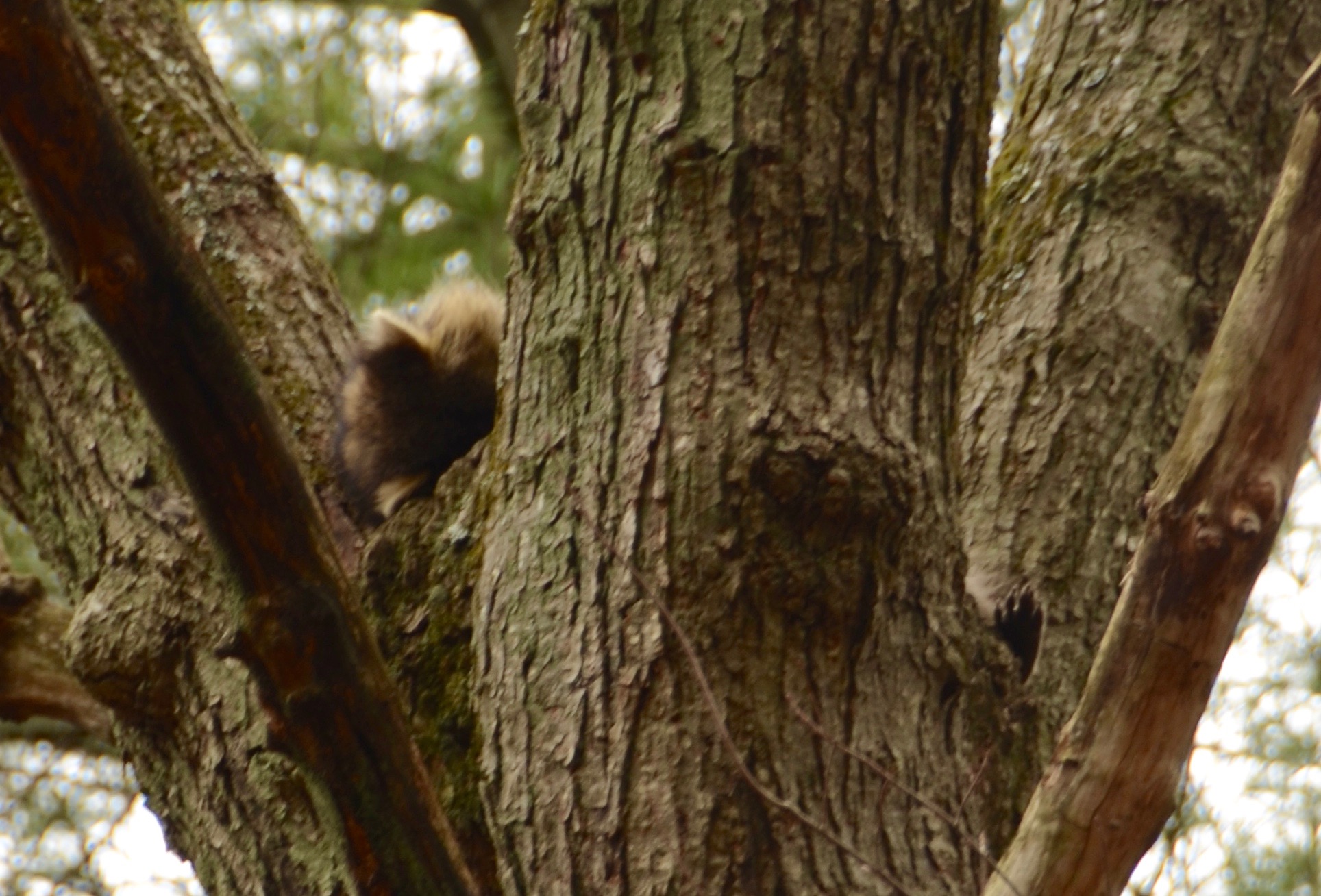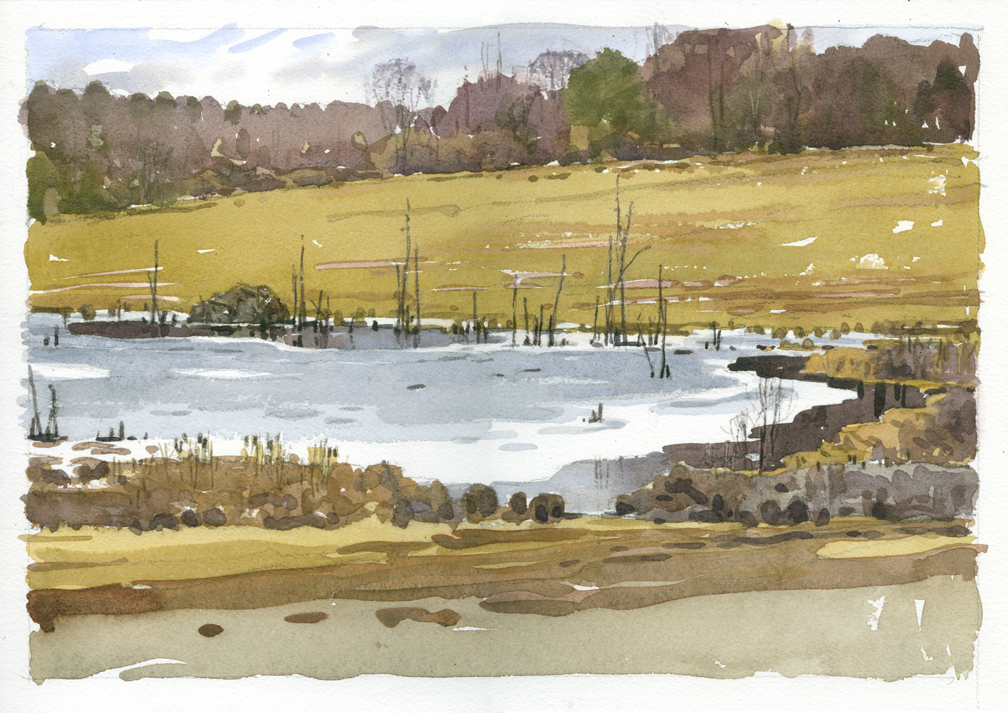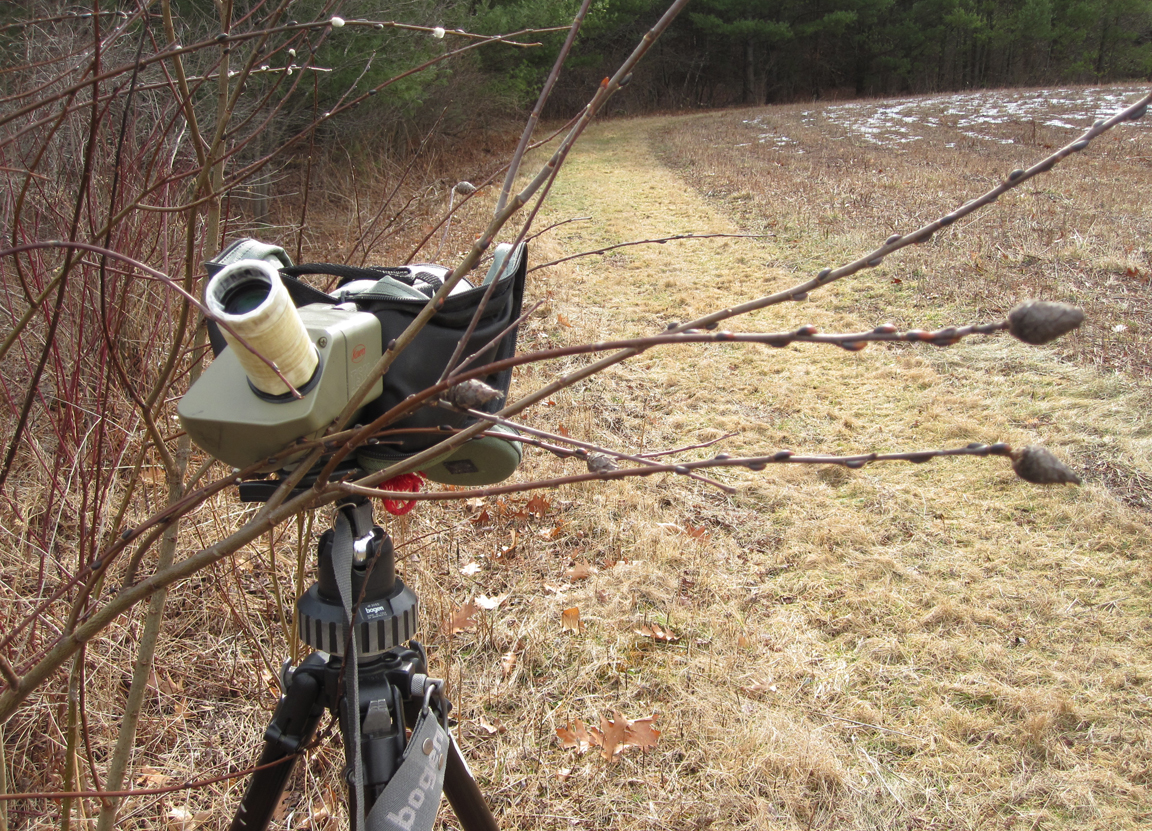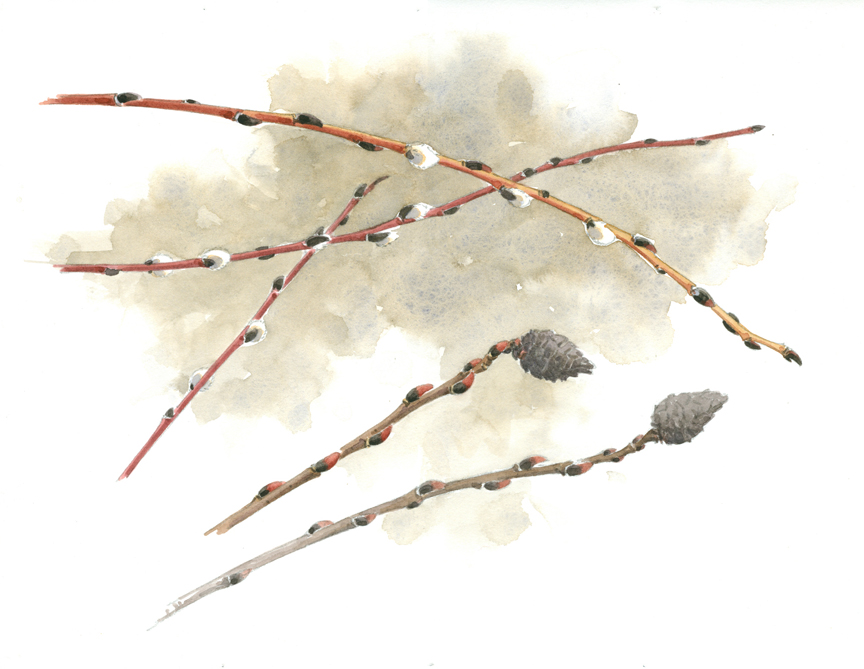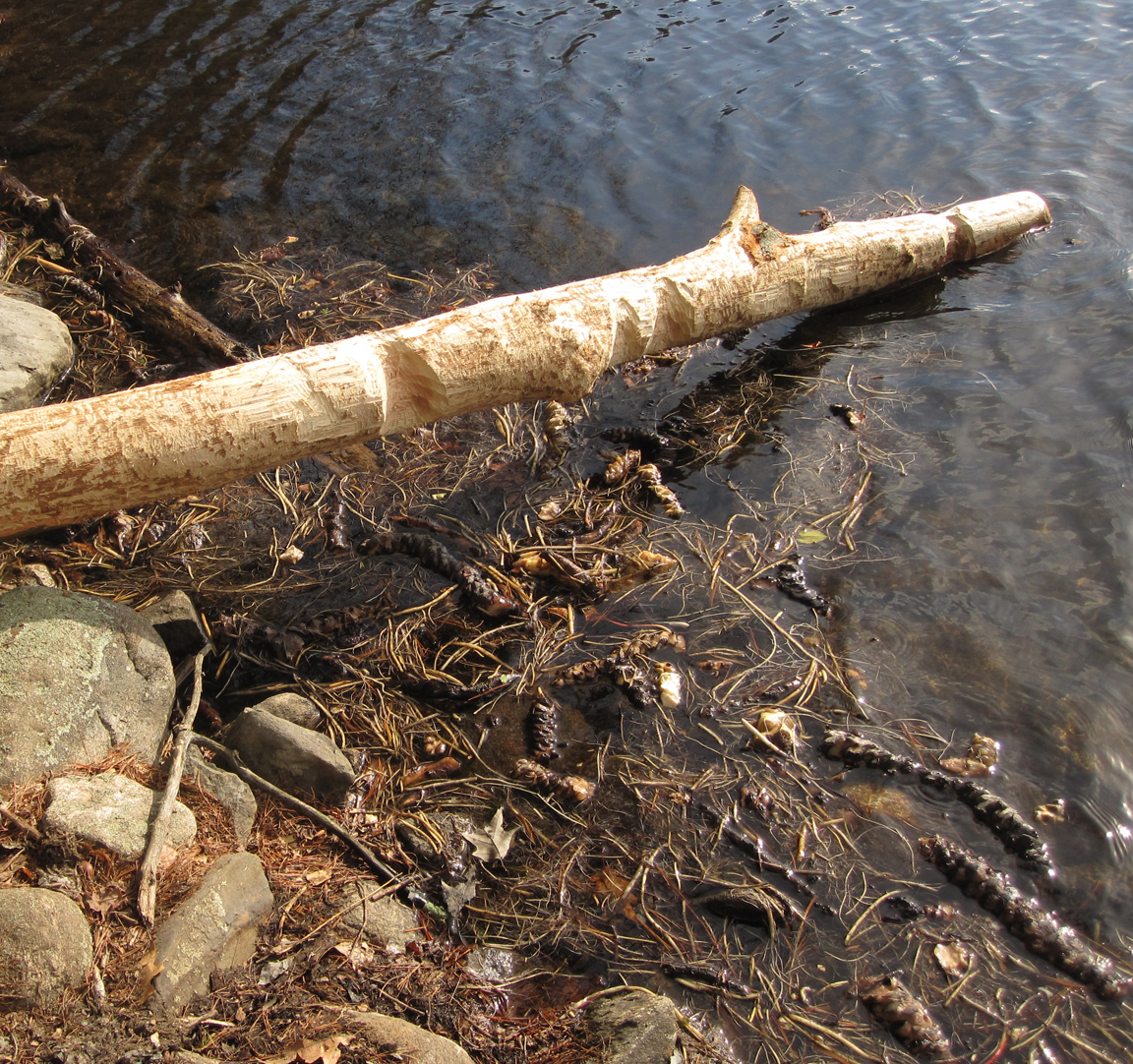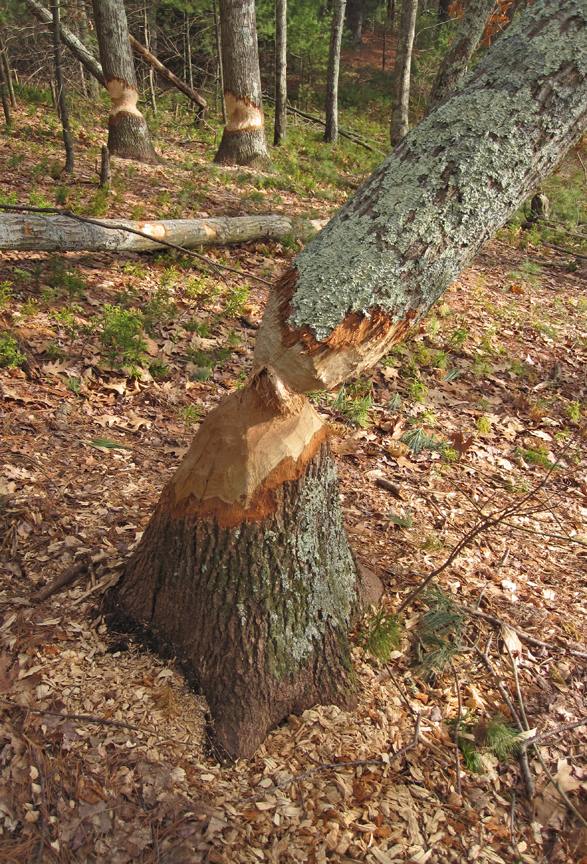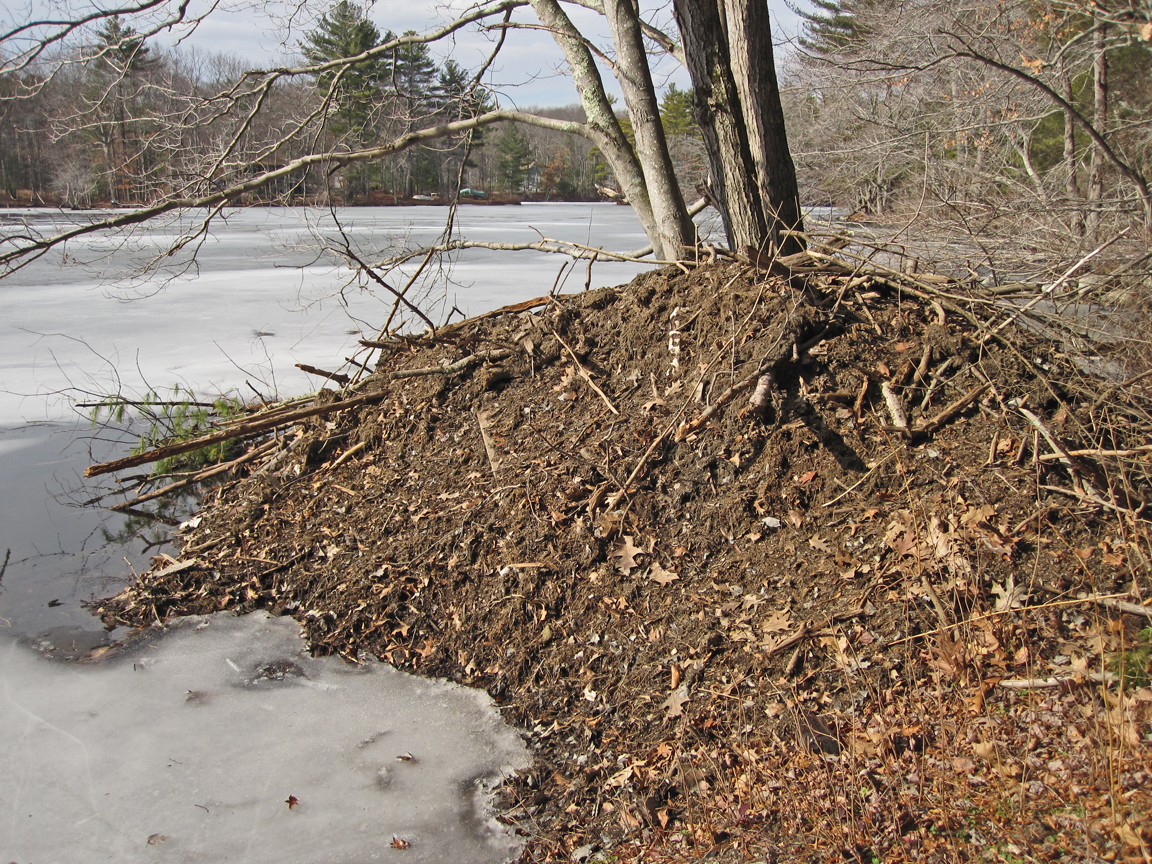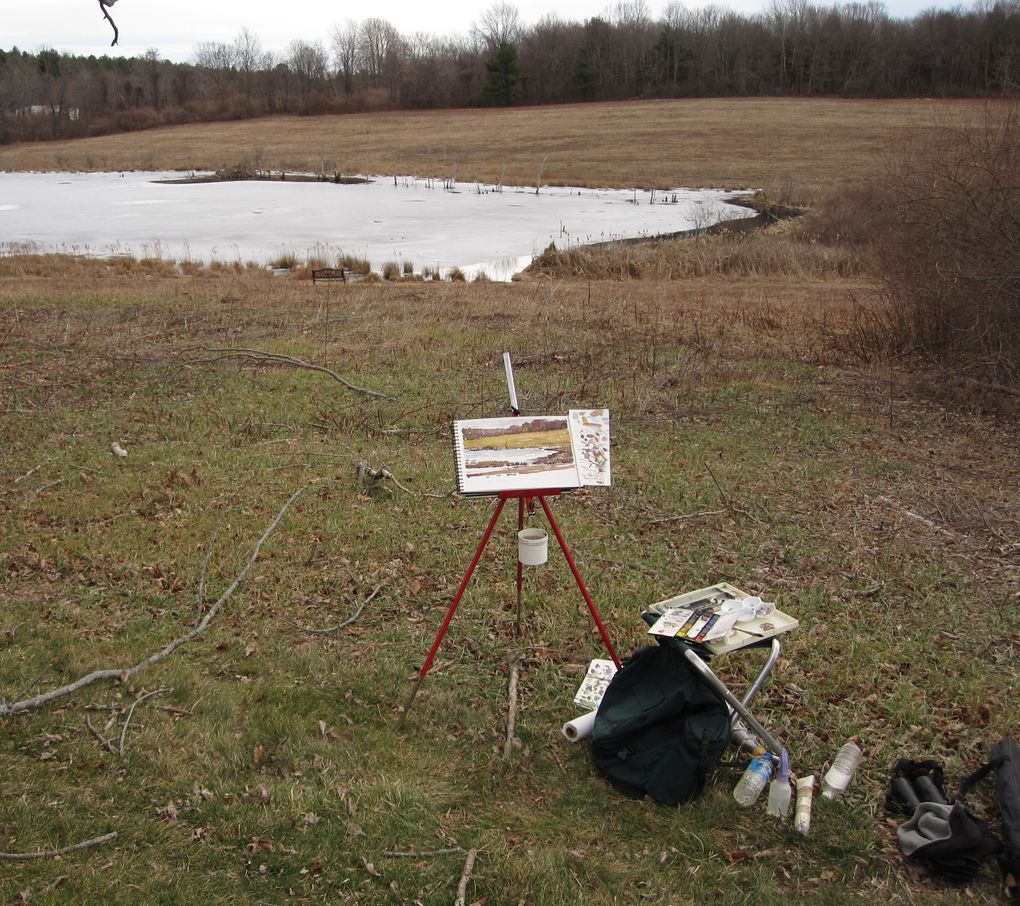Natural History Notes for May & June
Although we are tucked right into the heart of suburban Canton, amazing natural history moments, capable of inspiring awe and wonder, pop up everyday on our wildlife sanctuary. The sanctuary has been bursting with life and activity over the past two month and here are a few of the highlights.
First ever sighting of a fisher (Martes pennanti)
During our spring Ecology and Art homeschool class, our students were lucky enough to witness three fishers sauntering through the forest and then bounding up several trees. It was a spectacular sighting.
A wave of migrating birds
This spring Owen Cunningham, our property manager, and Sean Kent started a series of Friday morning natural history hikes that coincided with a fantastic wave of migrants, including many warblers.
Magnolia Warbler
Ovenbird
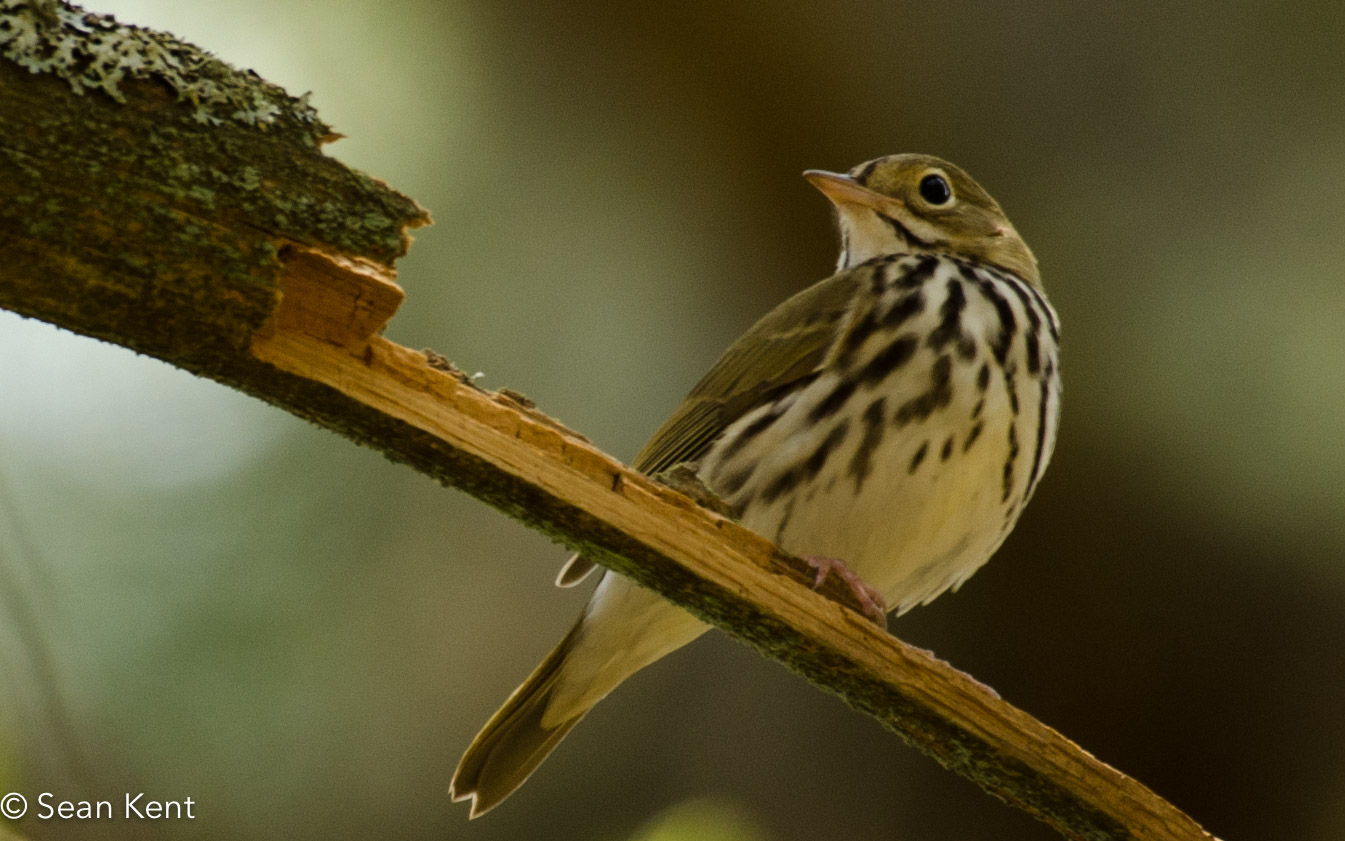
Ovenbird
Yellow-billed Cuckoo
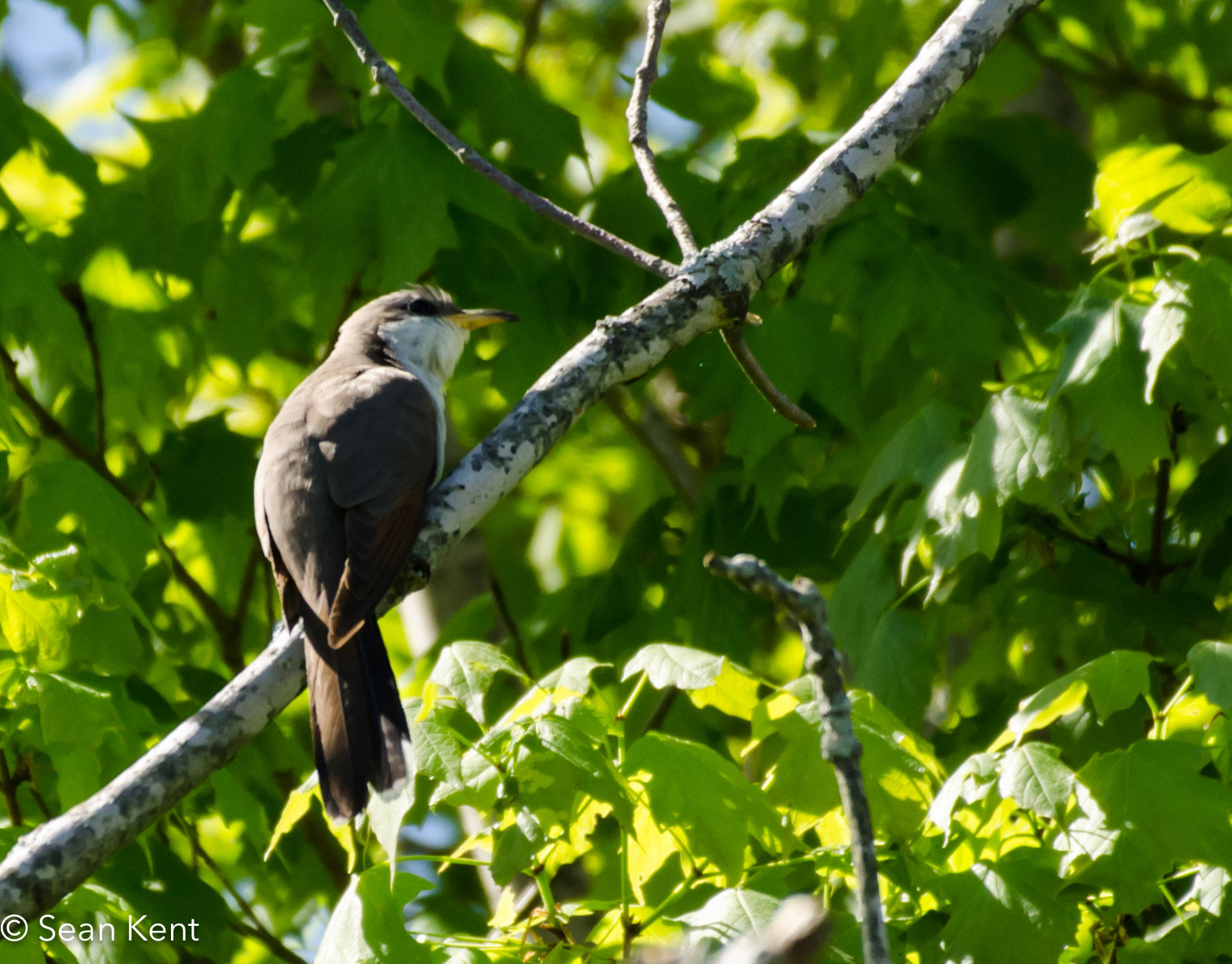
Wilson’s Warbler
Birds have been busy building nests and caring for their fledglings
We have several pairs of nesting orioles, including one pair that has nested in the trees behind our bird blind, and their babies have recently fledged. During the last week of June, the Mulberry tree by our offices has produced copious amounts of ripe fruits that have been fattening up many species of birds on the sanctuary.
Nesting Tree Swallows
This spring we have been lucky to host several pairs of nesting tree swallows. It’s been marvelous to witness the tree swallows raise their young, defend their nests against house wren intrusion, and grace the meadow with their majestic flight.
Pink Lady’s Slipper
Every spring, starting in the middle of May and extending to early June, pink lady’s slippers, a majestic orchid, that thrives in acidic soils of our pine forest, emerge and bloom throughout the sanctuary.
Hunting Hawks
The populations of chipmunks, red squirrels, and lots of other little critters have exploded thanks to a super abundant crop of acorns this past fall.
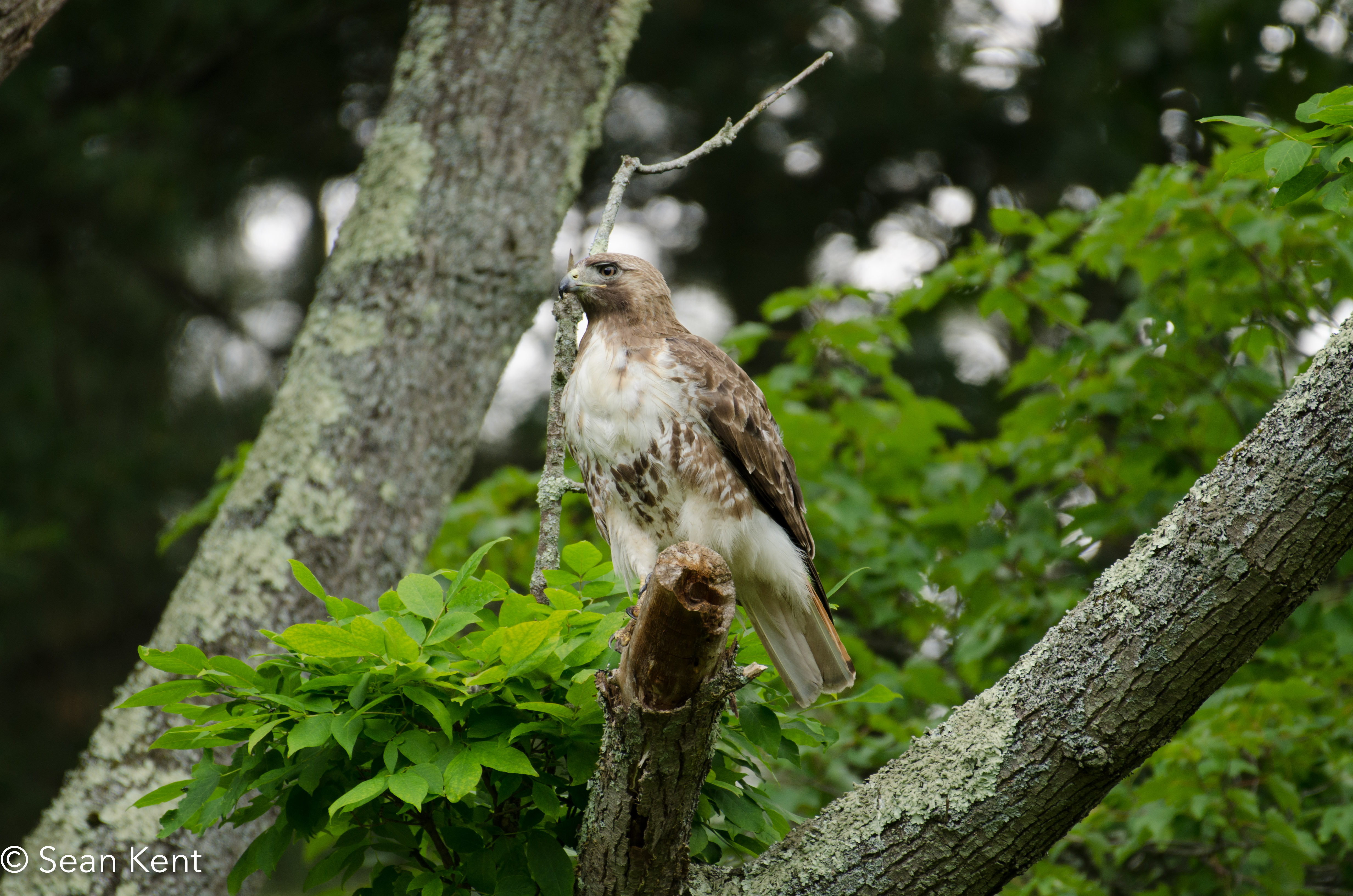
Red-tailed Hawk
Flowering plants in our meadow, bird garden,
and new native pollinator garden
Pollinators, including many native bees, have been taking advantage of all the species of flowering plants that have been blooming on our sanctuary. False indigo (Baptista australis) bloomed in early June and had many species of butterflies, bumblebees, leaf cutting bees, and mining bees collecting pollen and nectar from the flowers. Check out two videos of a bumblebee collecting pollen and nectar from a few flowers.
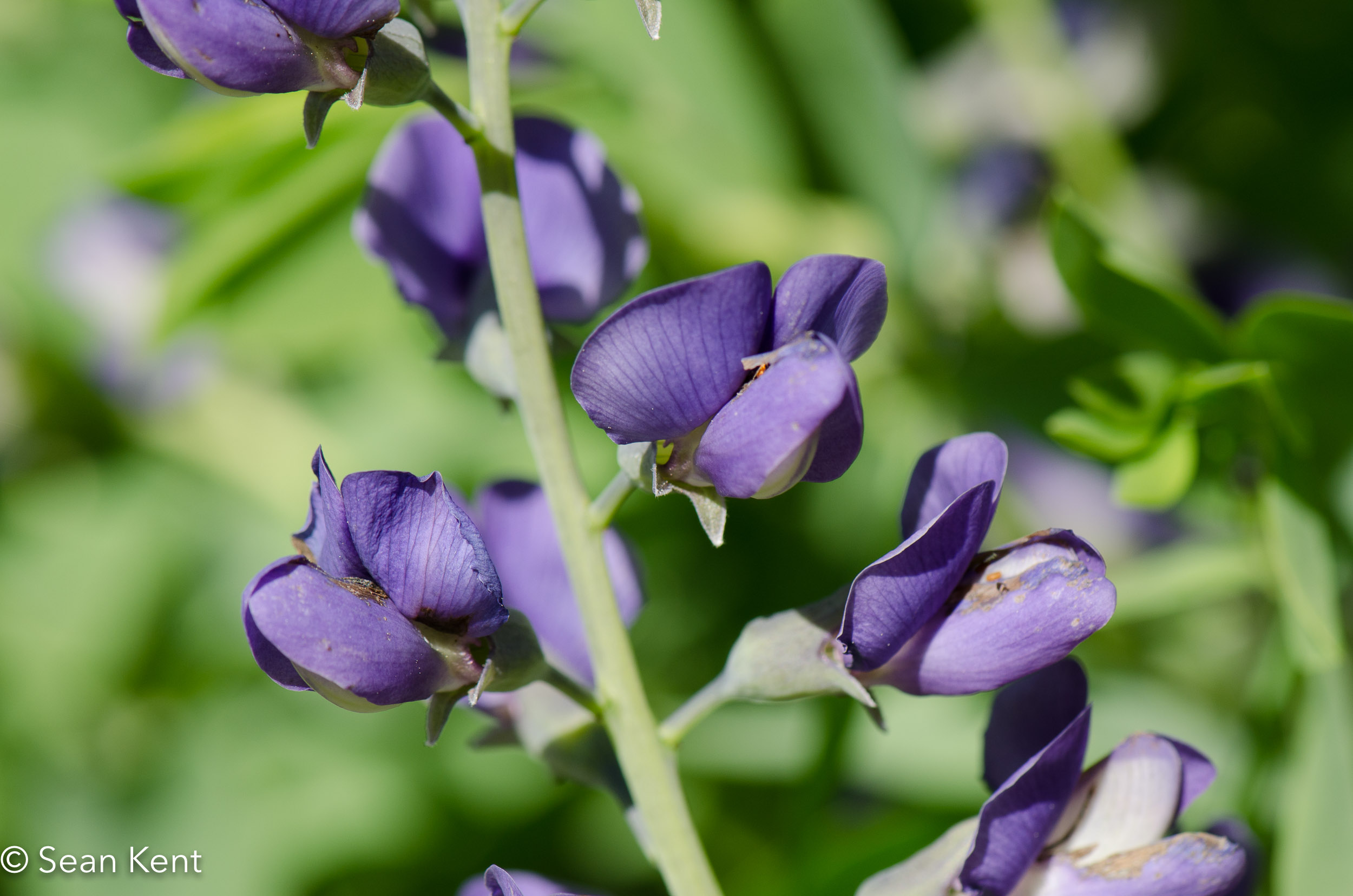
False indigo from the bird garden at the Museum of American Bird Art
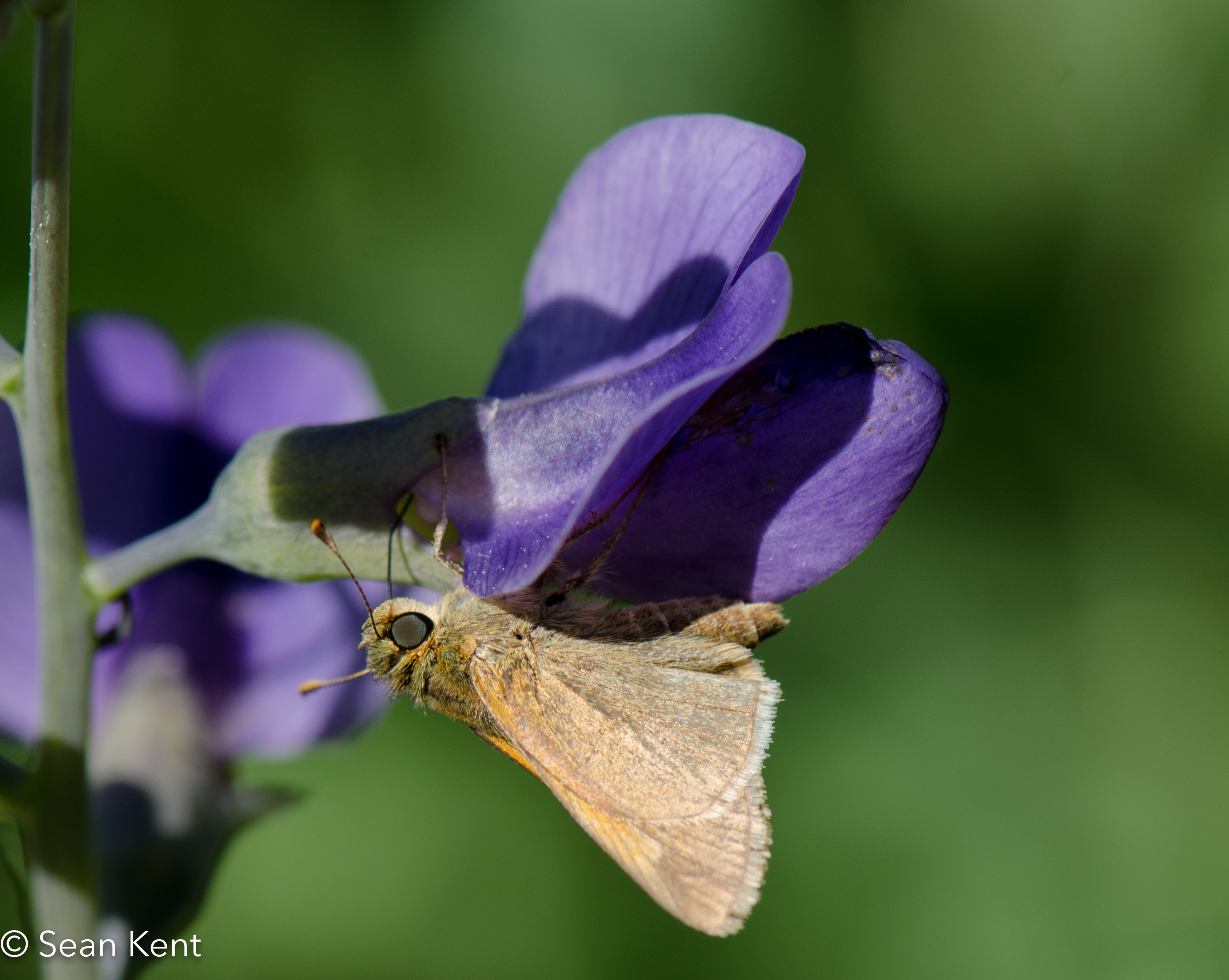
Skipper gathering nectar from a False Indigo flower



